PPT-UNSW3+: What is going on?
Author : partysilly | Published Date : 2020-09-29
Summary Moving from two 12 in 13 week semesters to three 10 week terms 8 week summer semester goes to a five week summer term hence 3 This is not meant to affect
Presentation Embed Code
Download Presentation
Download Presentation The PPT/PDF document "UNSW3+: What is going on?" is the property of its rightful owner. Permission is granted to download and print the materials on this website for personal, non-commercial use only, and to display it on your personal computer provided you do not modify the materials and that you retain all copyright notices contained in the materials. By downloading content from our website, you accept the terms of this agreement.
UNSW3+: What is going on?: Transcript
Download Rules Of Document
"UNSW3+: What is going on?"The content belongs to its owner. You may download and print it for personal use, without modification, and keep all copyright notices. By downloading, you agree to these terms.
Related Documents

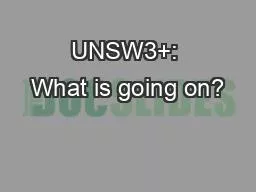
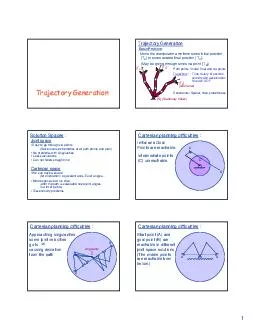

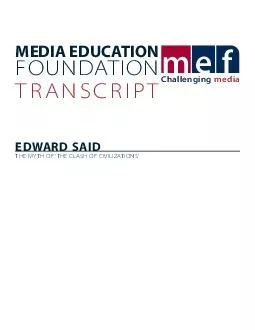
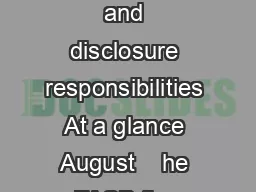
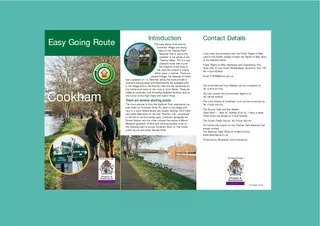

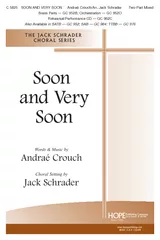



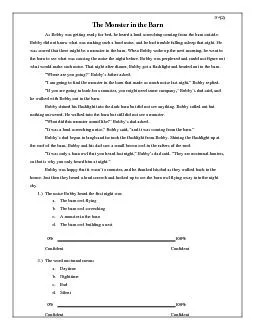
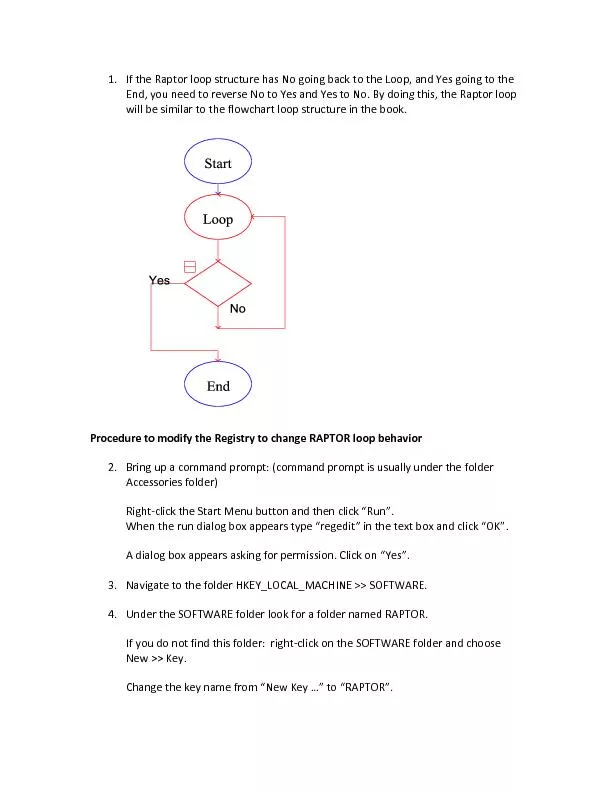
![[EPUB] - 501 Ways for Adult Students to Pay for College: Going Back to School Without](https://thumbs.docslides.com/906529/epub-501-ways-for-adult-students-to-pay-for-college-going-back-to-school-without-going-broke.jpg)